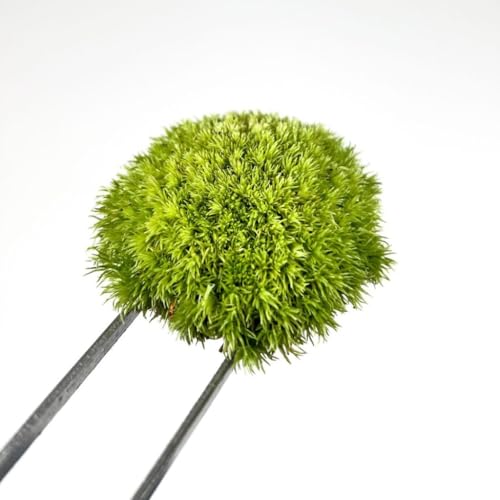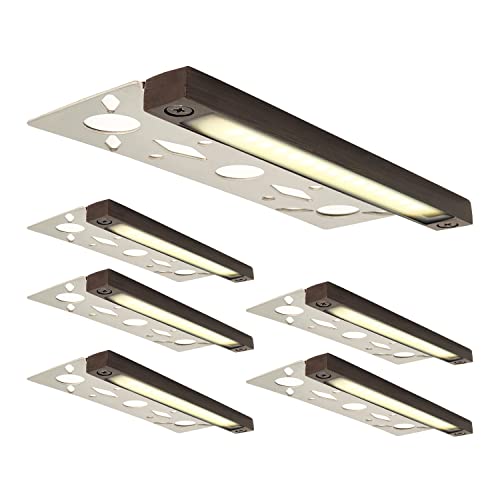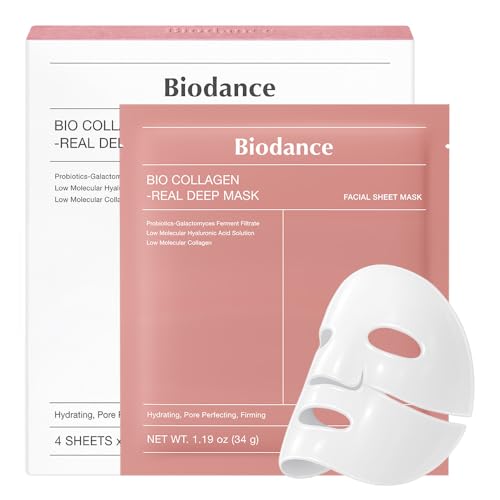Keeping your hardscape features looking their best doesn’t have to be a daunting task. From patios and walkways to retaining walls and driveways, these elements play a crucial role in enhancing your outdoor space. I’ve gathered some practical tips to help you maintain these structures effortlessly.

Regular upkeep not only preserves the aesthetic appeal of your hardscape but also extends its lifespan. Whether you’re dealing with stains, cracks, or weed growth, a few simple steps can make a big difference. Let’s dive into some easy strategies to keep your hardscape looking pristine all year round.
Regular Cleaning
I keep my hardscape areas clean to maintain their appearance and longevity. Consistent maintenance prevents buildup and damage over time.
Removing Debris
I regularly remove debris to ensure my hardscape remains pristine. Leaves, twigs, and other organic material can cause staining or promote weed growth. I use a leaf blower or a stiff broom to clear surfaces weekly, especially during fall months.
Power Washing Techniques
I utilize power washing to effectively remove stubborn stains and buildup. Choosing the appropriate pressure level prevents material damage. I apply eco-friendly cleaning solutions to enhance results and follow a consistent pattern to ensure even cleaning across all hardscape features.
Sealing And Protecting Surfaces
Sealing hardscape surfaces shields them from the elements and keeps them looking new. Proper protection extends their lifespan and maintains their appearance.
Choosing The Right Sealant
Selecting the appropriate sealant depends on the material and usage. For concrete surfaces, acrylic or epoxy sealants offer durability and resistance to stains. Natural stone benefits from penetrating sealers that protect without altering appearance. Assess the surface type and environmental conditions to choose a sealant that provides optimal protection and longevity.
Application Tips
Prepare the surface by cleaning and ensuring it is completely dry. Apply the sealant evenly using a brush, roller, or sprayer, following the manufacturer’s instructions. Work in small sections to prevent uneven coverage and allow each area to dry before moving on. Apply multiple thin coats if needed, rather than one thick layer, to achieve a consistent and long-lasting finish. Always wear protective gear and work in a well-ventilated area to ensure safety and effectiveness.
Repairing And Replacing Damaged Elements
Damaged hardscape elements can compromise the safety and aesthetics of your outdoor space. Addressing these issues promptly ensures longevity and maintains curb appeal.
Identifying Common Issues
Common problems in hardscape features include:
- Cracks: Concrete slabs and pathways may develop cracks due to ground movement or temperature changes.
- Weed Growth: Weeds infiltrate joints and cracks, causing surface disintegration.
- Staining: Oil, rust, and organic stains discolor surfaces, making them look worn.
- Shifting or Settling: Retaining walls and pavers may shift, leading to uneven surfaces.
- Erosion: Water runoff causes soil erosion around hardscape structures, weakening their foundation.
Regular inspections help identify these issues early, allowing for timely interventions.
DIY Vs Professional Repairs
Deciding between DIY repairs and hiring professionals depends on damage severity and your skill level.
DIY Repairs:
- Suitable for minor cracks and surface stains.
- Cost-effective with basic tools.
- Requires proper materials and adherence to guidelines for lasting results.
Professional Repairs:
- Necessary for structural damage like significant cracks or shifting elements.
- Ensure safety and proper installation with expertise.
- Offer warranties and use specialized equipment for complex tasks.
| Repair Type | DIY Suitable | Professional Needed |
|---|---|---|
| Minor Cracks | Yes | No |
| Significant Shifts | No | Yes |
| Staining | Yes | Optional |
| Structural Damage | No | Yes |
Evaluate the damage and your capabilities before deciding the best approach to repair and replace damaged hardscape elements.
Seasonal Maintenance Tips
Maintaining your hardscape through the changing seasons ensures durability and lasting beauty. Here are essential tips for winter preparation and spring cleaning.
Preparing For Winter
Winter can take a toll on hardscape features, so I take these steps to protect them:
- Clean Thoroughly: I remove all debris, including leaves and branches, to prevent staining and ice buildup.
- Seal Cracks: I inspect for any cracks and apply a suitable sealant to guard against water infiltration and freeze-thaw cycles.
- Protect Edges: I use edge restraints or protective barriers to maintain the integrity of walkways and patios during harsh weather.
- Store Decorations: I take down and store any outdoor furniture or decorations to avoid damage from snow and ice.
- Inspect Drainage: I ensure proper drainage by clearing gutters and ensuring that water flows away from hardscape surfaces, reducing the risk of frost heave.
Spring Cleaning Steps
- Remove Winter Debris: I clear away any leftover snow, ice, and debris to prepare surfaces for cleaning and repairs.
- Power Wash Surfaces: I use a power washer with the appropriate pressure setting to eliminate dirt, mold, and mildew without damaging the material.
- Reseal Surfaces: If needed, I apply a new layer of sealant to restore protection and enhance the appearance of concrete, stone, or brick.
- Repair Damage: I fix any cracks, chips, or erosion caused by winter conditions to maintain safety and aesthetics.
- Weed Control: I address any weed growth in joints or cracks by applying herbicides or using manual removal methods to keep surfaces pristine.
Essential Tools And Materials
Cleaning Equipment
- Power Washer: Removes stubborn stains and grime without damaging surfaces when used correctly.
- Stiff Broom: Sweeps debris from patios and walkways effectively.
- Leaf Blower: Clears leaves and light debris efficiently, especially during fall.
- Scrub Brush: Tackles tough spots and ensures thorough cleaning of surfaces.
- Garden Hose with Adjustable Nozzle: Provides flexibility for rinsing and precise water flow control.
Maintenance Supplies
- Sealants: Protect surfaces from moisture and wear. I use acrylic sealants for concrete and penetrating sealers for natural stone.
- Joint Sand: Replenishes gaps in paving stones to prevent weed growth and stabilize the area.
- Repair Mortar: Fixes cracks and gaps in concrete or brickwork, ensuring structural integrity.
- Weed Killer: Controls unwanted vegetation between hardscape elements without harming surrounding plants.
- Protective Gear: Includes gloves and safety goggles to ensure safe handling of chemicals and tools.
- Caulking Gun: Applies sealants and adhesives neatly and efficiently for various repair tasks.
Conclusion
Maintaining your hardscape truly transforms your outdoor space into a beautiful haven. I’ve discovered that consistent care and attention make all the difference in keeping patios walkways retaining walls and driveways looking their best. Enjoying well-maintained hardscape features brings a sense of pride and accomplishment. It’s rewarding to see the results of regular upkeep pay off over time. I love sharing these tips and hope they help you preserve the beauty and functionality of your outdoor areas all year round. Remember that a little effort goes a long way in ensuring your hardscape remains stunning and durable. By staying proactive you can prevent bigger issues and keep your outdoor spaces inviting. Embracing these maintenance habits will allow you to fully enjoy your hardscape and the comfort it brings to your home. Here’s to enjoying your enhanced outdoor space and making the most of your hardscape investments!
















